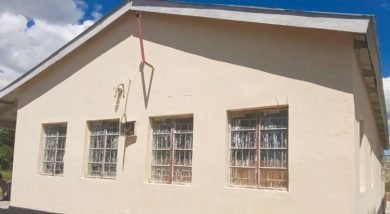Fewsnet report forecasts worsened food prices
After experiencing a tough harvesting season, Malawians are yet again set to be subjected to another period of significantly higher national food prices, a latest report has said.
This record increase will be higher than the 2015/16 prices and the five-year average due to below average 2016 food production.

In its projections released yesterday, the Famine Early Warning Systems Network (Fewsnet) says the development will hit harder households because incomes will lower between June and September.
Fewsnet further says outcome analysis of the Household Economy Approach (HEA) it conducted in May 2016 also indicates that a large population of very poor and poor households, especially in the South, will experience acute food insecurity requiring emergency assistance.
Already four months before the lean period starts, the staple grain has inched to around K13 000 per 50 kg bag from an average of K10 000 at the peak of harvest in April.
But the report says although the average national maize prices have stabilised, projections show the prices will peak at an average of K 170 per kg in September, K200 per kg in December then K330 per kg by March next year.
“Another factor that could impact food prices between June 2016 and January 2017 will be the ability of Admarc to purchase enough maize to supply their markets this consumption year.
“By the October to January period, the situation will worsen and middle income, as well as poor, and very poor households will face stressed and crisis outcomes,” reads the report.
In May this year, the prices were 53 percent above last year’s prices and 126 percent above the five-year average, according Fewsnet.
The recently released second round agricultural production estimates indicate that this will be the second consecutive year of below-average cereal production for Malawi with estimated rainfed maize production registering 32 percent below the five-year average.
The national food availability has also hit its lowest level in the past 10 years.
The report has also cited Nsanje in the Lower Shire livelihood zone, Kasungu in the Lilongwe-Kasungu plain livelihood zone and Karonga as the most areas of concern.
Civil Society Agriculture Network (CisaNet) executive director Tamani-Nkhono Mvula in an earlier interview with The Nation said it was not surprising that the country would experience higher food prices due to the impact of El Nino that affected most parts of the region.
In the 2016/17 National Budget, government has allocated over K35 billion to purchase food within the region and outside while the National Food Reserve Agency (NFRA) also plans to spend K10 billion on buying maize.





